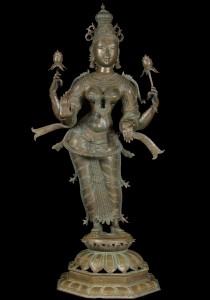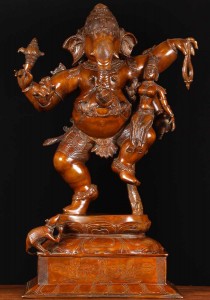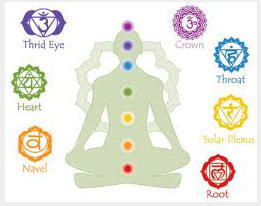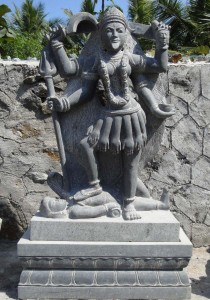Today, November 14th, marks the second day of the 2012 Diwali Festival of Lights known as Choti Diwali, Naraka Chaturdashi, or Kali Chaudas. It is the 14th day of the Hindu month of Ashwin and the most important day of the festival for South Indians. Legend has it that on this day God Krishna defeated the evil demon Narakasura and is therefore celebrated by Hindus as a triumph of good over evil and light over darkness. It is not surprising then that Kali, which translates as dark, the Goddess of death, time, and change, is celebrated.

On this day of Diwali many perform Poojas, or religious offerings, for Lakshmi and Rama with delicious foods. It is also tradition to bathe in fragrant oils before the sun comes up early in the morning and wear fresh new clothing as part of the day’s ritual. Bathing under the cloak of darkness and stars is regarded as honoring the holy river of Ganges. Families and friends gather together for shared meals and celebrate the richness of the day with song and collective activities.
The morning after Choti Diwali women often make beautiful Rangoli around their houses and yards. Rangoli are artistic designs made on the floors of Hindu households and yards during religious festivals. They are thought to be welcoming areas for the Gods and are traditionally made from colored rice, colored flour, sand, and flower petals.
To celebrate, gather materials around the house such as rice, grains, flower petals, beads, or anything small and vibrant in color. Use dyes or food coloring to add color to less than vibrant pieces. Once you have gathered up enough supplies, make the entrance way to your home or business colorful using what you have collected. This is a joyful way to welcome the Goddess of Wealth and Prosperity Lakshmi to your home so that she may bless you in the coming year. Examples of Rangoli designs can be found across the internet for inspiration!





